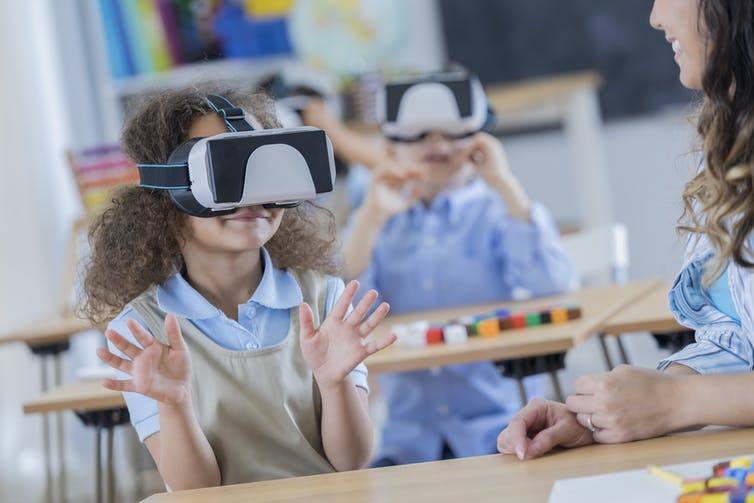In the digital age, traditional educational methods are undergoing a transformative shift, with video games playing a pivotal role in reshaping the learning landscape. This article explores the intersection of video games and education, highlighting the innovative ways gaming is revolutionizing classrooms and enriching the educational experience for students of all ages.
1. Gamification of Learning: Gamification integrates game mechanics and principles into educational contexts, making learning more engaging and interactive. Educational video games often incorporate challenges, rewards, and a sense of achievement, motivating students to actively participate in the learning process. Gamified lessons encourage healthy competition and foster a love for learning.
2. Enhanced Engagement and Motivation: Video games captivate players with immersive storytelling, dynamic graphics, and interactive gameplay. By integrating these elements into educational software, educators can create engaging lessons that capture students’ attention. Gamified learning environments enhance motivation, encouraging students to invest time and effort into mastering new skills and knowledge.
3. Improved Problem-Solving and Critical Thinking: Many video games, especially puzzle and strategy games, require players to solve complex problems and think critically to progress. When applied to education, these games challenge students to analyze situations, strategize solutions, and think outside the box. Such cognitive skills are transferable to real-life scenarios, enhancing students’ problem-solving abilities.
4. Personalized Learning Experiences: Educational video games can adapt to individual students’ progress and learning styles. Through sophisticated algorithms, these games can provide customized challenges, ensuring that each student is appropriately challenged and supported. Personalized learning experiences accommodate diverse learning paces and preferences, catering to the needs of every student.

5. Collaborative Learning and Teamwork: Many multiplayer video games promote teamwork and collaboration. In educational settings, these games encourage students to work together, communicate effectively, and leverage each other’s strengths to achieve common goals. Collaborative learning fosters social skills, empathy, and a sense of community among students.
6. Real-World Applications: Some educational video games simulate real-world scenarios, allowing students to apply theoretical knowledge in practical contexts. For instance, simulations can teach students about city planning, historical events, or scientific experiments. These immersive experiences enhance understanding and retention of complex subjects, making learning more tangible and relatable.
7. Lifelong Learning and Skill Development: Educational games instill a love for learning and curiosity, encouraging students to explore subjects beyond the classroom. Moreover, these games often teach valuable skills, such as coding, problem-solving, and critical thinking, which are essential for future careers in technology and other fields. Video games can serve as a gateway to lifelong learning, fostering a passion for knowledge acquisition.
In conclusion, the integration of video games into education represents a paradigm shift, transforming traditional classrooms into dynamic, interactive learning spaces. By harnessing the power of gaming, educators can inspire students, enhance their skills, and prepare them for the challenges of the future. As technology continues to advance, the synergy between education and gaming promises an exciting and innovative future for learners worldwide.
